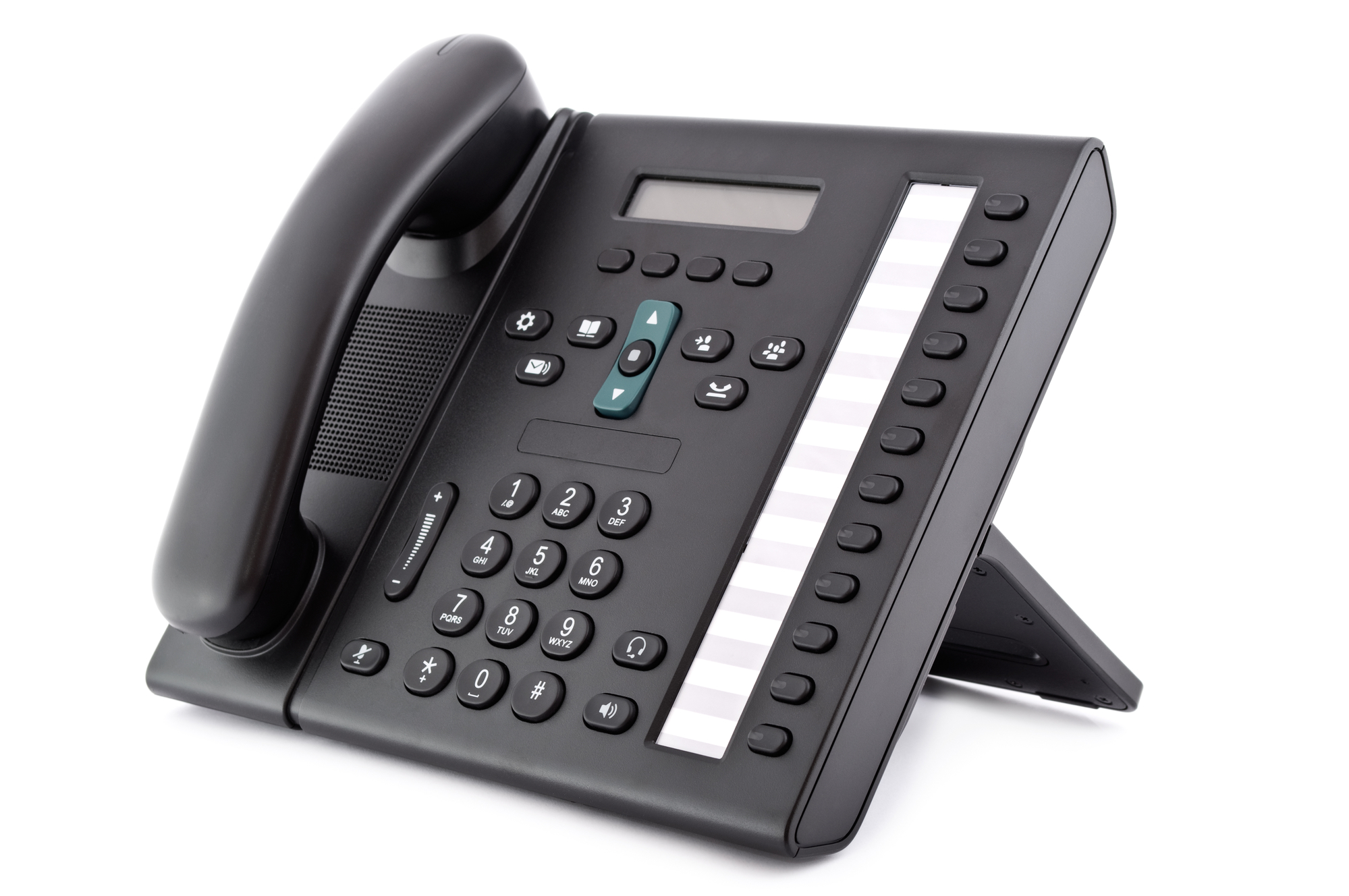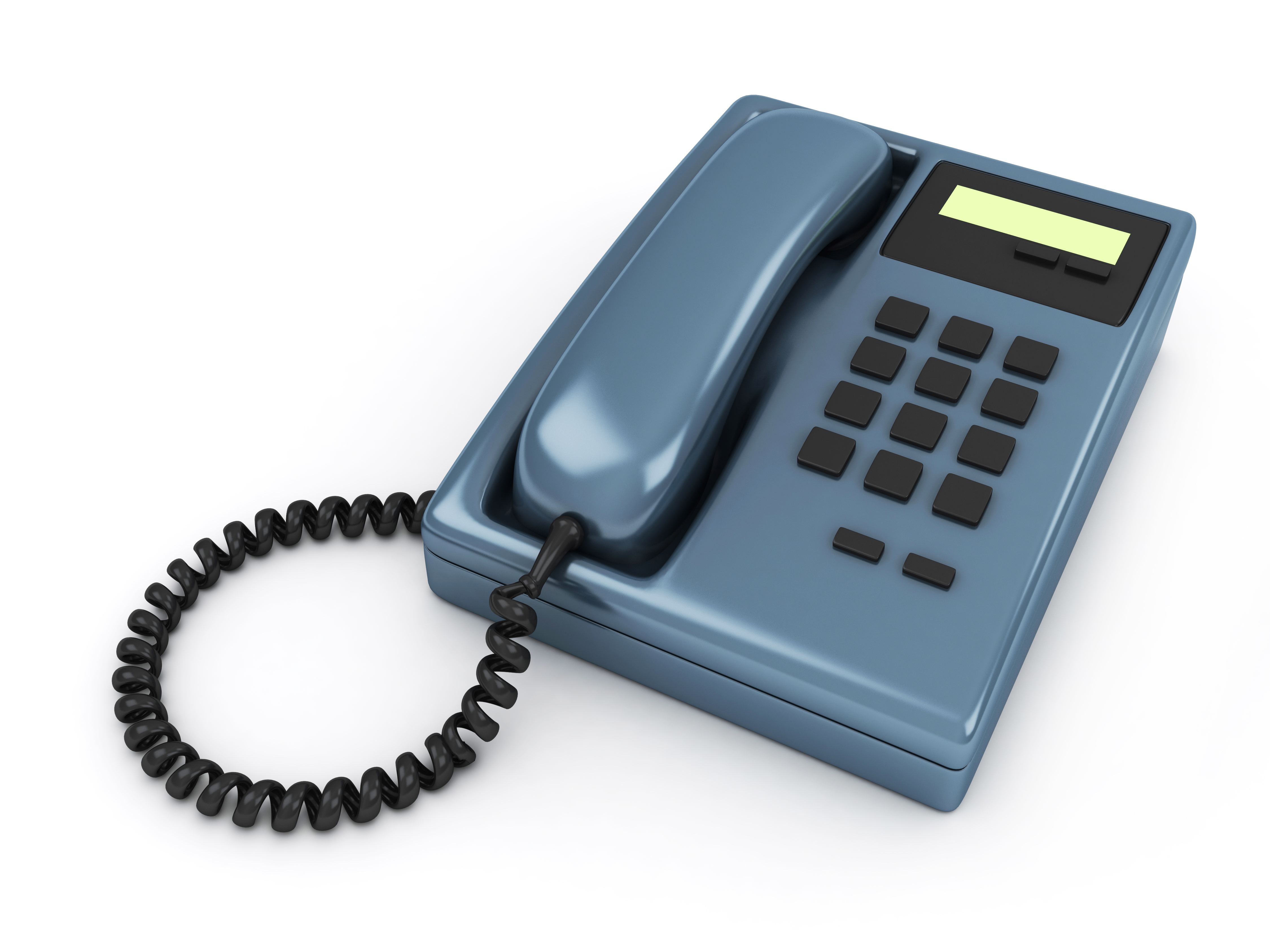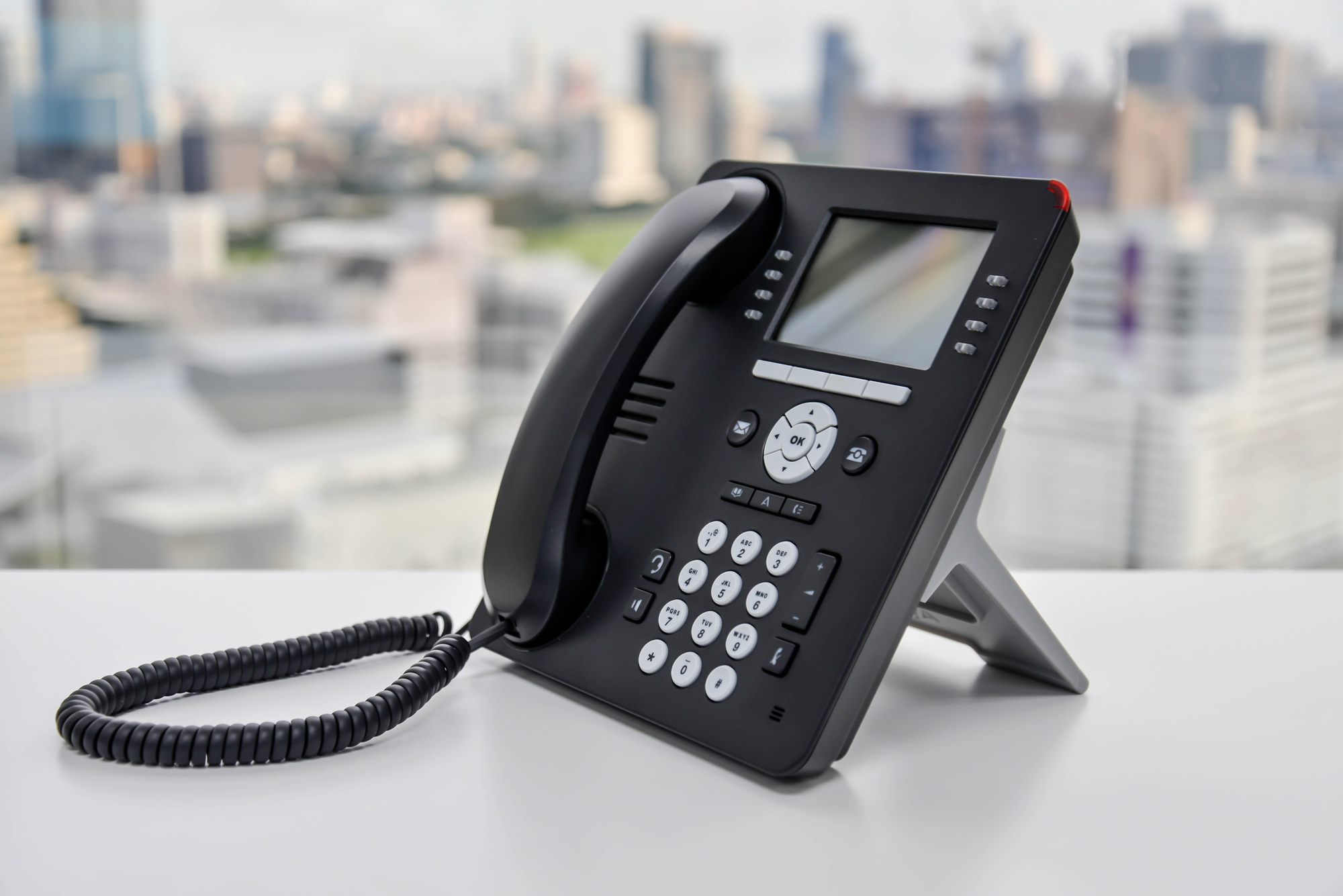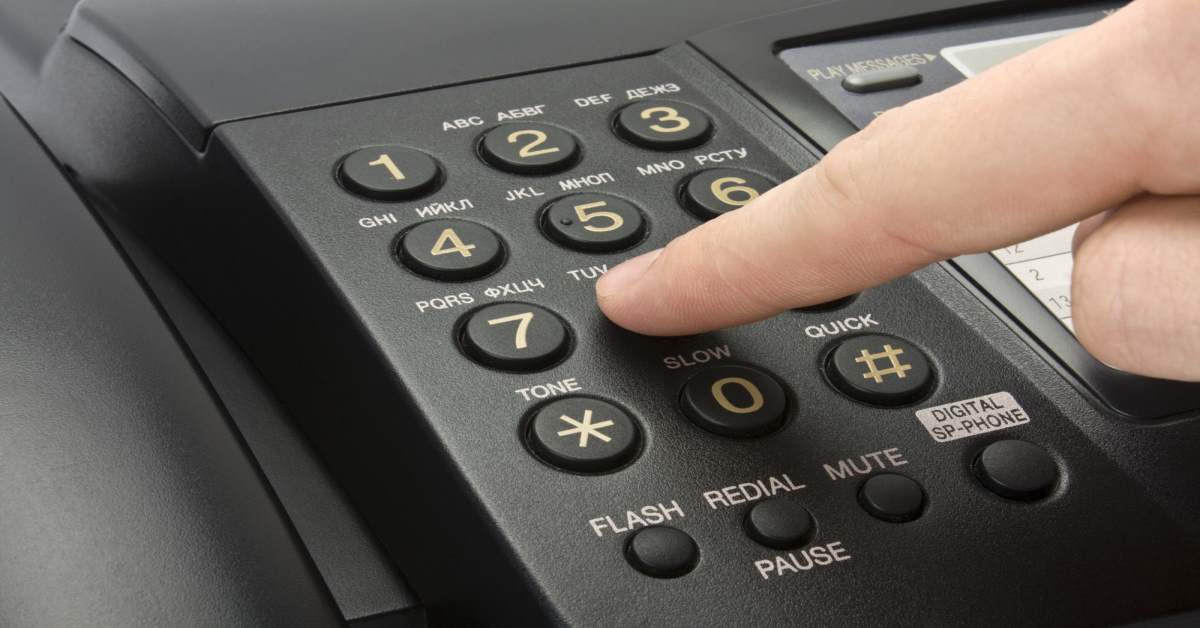e. Never Assume Anything: Phrases like “You Know What To Do,” “Sing Your Song at the Beep,” and others mentioned above are awful to leave in your greeting. For the sake of universality and comprehensiveness, NEVER assume the caller knows what to do. Lay it out clearly. f. Leave a Message: This phrase, by itself, will not do. It’s imperative for users to identify themselves in their greetings. Callers need to know they’ve reached the right person. g. Disregard Lethargy: If you’re not excited about your greeting, why would anyone else be? Never display a lack of enthusiasm in your greeting as it could turn callers off to both you and your business. h. Speak Clearly and Never Slur: Callers need to understand your every word; therefore, mumbling, slurring, and all other detractions of speech should never be recorded. d. Be Creative Without Sacrificing Quality: Callers know how voicemails work–i.e. leave a number, message, etc. While you want to be clear, it’s important not to be contrive or redundant with your message. Creativity can help users to differentiate themselves, as well as intrigue callers. While users should avoid the tropes of creativity listed above, it’s definitely good to think outside the box. That being said, scripting and practice can help users to experiment more with their greeting–ultimately allowing for more unique and creative approach. e. Speak With Diction: It’s important to present one’s self as an authority without alienating callers. As such, it’s crucial to articulate and speak with clear diction. “ if your voice recording has you stumbling over words and speaking haltingly, it does not convey confidence and competence,” states Ron Sellers of Grey Matter Research & Consulting. Remember, this greeting represents you; therefore, you want to appear collected and professional, as well as welcoming. To do this, one must carry themselves well through their recorded message. f. Account for Timeliness: Your message should be concise. No caller wants to be sitting through a rant/diatribe of redundant statements. Your greeting should flow without dragging. Inversely, one doesn’t want to be terse, either. Engage callers with a simplified approach laden with creativity. h. Account for Quality: Aside from speaking clearly, users want to eliminate any noise in the surrounding environment. The quality of the greeting is just as important as what’s being said in the greeting itself. As such, one doesn’t want to undermine a great message with poor quality. i. Courtesy, Tastefulness, & Tact: This is pretty self-explanatory and straight forward–NEVER be rude. Being light-hearted and humorous is very different from being obnoxious and/or abrasive. Again, these tools can be helpful if utilized properly, but not everyone perceives humor the same way. So play it safe. The last thing your voicemail greeting should do is offend a caller. k. Provide Options: if you’re part of a bigger company, it might be good to offer caller options. For example, allow a menu to defer callers to a colleague or co-worker in your absence. This can help show callers you care about their well being. Another option might be offering different modes of communication–i.e. email, fax, etc. In offering users diversity, contact may be much easier to maintain.
Different businesses may require different types of greetings. This is the ultimate list that can work for a wide array of company messages.
.
About Press Copyright Contact us Creators Advertise Developers Terms Privacy Policy & Safety How YouTube works Test new features Press Copyright Contact us Creators
15. “Hi, Thanks for giving us a call! Sorry, but we are closed right now. Please leave us your name, number and the best time to reach you and we’ll get back to you within the day. Thank you.”
Virtual Receptionist allows all calls to be answered automatically - 24/7/365. Set up a customizable greetings that can route your callers to specific departments or extensions, and you can even give your Virtual Receptionist its own office hours with time-of-day scheduling, ensuring your customers hear the right greeting at the right time. Combine with other advanced features like rollover hunting and call queue with hold music that makes the wait enjoyable to ensure you never miss a call again.
As mentioned above, alerting callers that they won’t be getting an immediate call back is of upmost importance for an entity’s reputation and a caller’s satisfaction.

Displays the name and telephone number of the incoming Call Waiting caller, provided they are not blocking that information. This feature requires a Caller ID compatible telephone or display device.
Hello, you have reached the law firm of X. At this moment, I’m busy attending the case of another client, but I will definitely get back to you the moment I am free. Please, leave your details, including your name, address, situation, and your contact number. For something absolutely urgent, call me on y number.

8. “Hello, this is [your name] at [company]. Thanks for calling. Please leave your name, number, and the reason you’d like to chat, and I’ll get to back to you ASAP.”
If you prefer to have a professional record your greeting, your voicemail service provider may offer this service for a reasonable fee. Voicemail Office, a telephony company serving both the United States and Canada, offers voiceover service with both their standard voicemail and virtual PBX service.

From the standard group mailbox menu, press “6-2-2” on your keypad to access the next activated extension mailbox. Can I access Cox Business Voice Mail through MyAccount? Can I receive voice mails as an email attachment?
d. Utilizing Ambiguity Over Clarity: When setting up your voicemail greeting be direct and to the point. Tell callers your information, a brief greeting, and direction—i.e. “Hi, this is Jim Shamalam (from Iron Industries). Sorry I can’t take your call right now. Please leave your name number, and a brief message and I’ll get back to you as soon as possible. Thank you.” This is ideal, as you inform callers and let them know what they should do to ensure a return call. A lack of direction can lead to callers leaving incomplete messages (lacking contact or other information) or even callers hanging up without leaving a message altogether.

No, the voice mail on your phone can only be deleted through your Cox Business voice service or a cell phone. We recommend that you delete all audio files after listening to them since these files are large and will decrease your email storage capacity. (Note: Voice Mail older than 31 days will automatically be deleted from the mailbox.) The voice mail message can be transcribed up to 90 seconds. You can call your voice mail number or play the .wav file to listen to the entire message. I checked the box to receive Text (or audio) but did not get the email. What happened?
16. "Hmm. Gryffindor … No, Ravenclaw. Yes, you definitely belong in Ravenclaw. *Pause.* Okay, you haven't reached the Sorting Hat — it's the voicemail of [your name]. Please leave your name and number (and just for fun, the Harry Potter house you think you belong in) and I'll return your call as soon as possible."

Visual voicemail messages and non-visual voicemail messages are not stored on the SIM card. They should be stored on your carrier’s servers, so contact your carrier. On your Android device, open the Google Voice app . At the top left, tap Menu. Settings. Under Voicemail, turn on the type of forwarding that you want: Get voicemail via message – Tap, and then next to your linked number, tick the box. Does a voicemail automatically send?

Hello! You’ve reached [Natasha on the Product Development Team at LinkedPhone]. I’m not available at the moment but your call is important to me. Please leave your name, number, and the reason for your call and I’ll call you back as soon as possible. Thank you and have a great day!

Little things like a great voicemail can really set you apart from your competition. Think about it. Would you be more inclined to want to interview someone who is shouting about how much they hate calling people back, or the person who simply asks you to leave a message? Andrea (she/her) is our head of PR at Snagajob, where she’s focused on telling the world how we help hourly workers and employers. Her first hourly job was as a lifeguard.